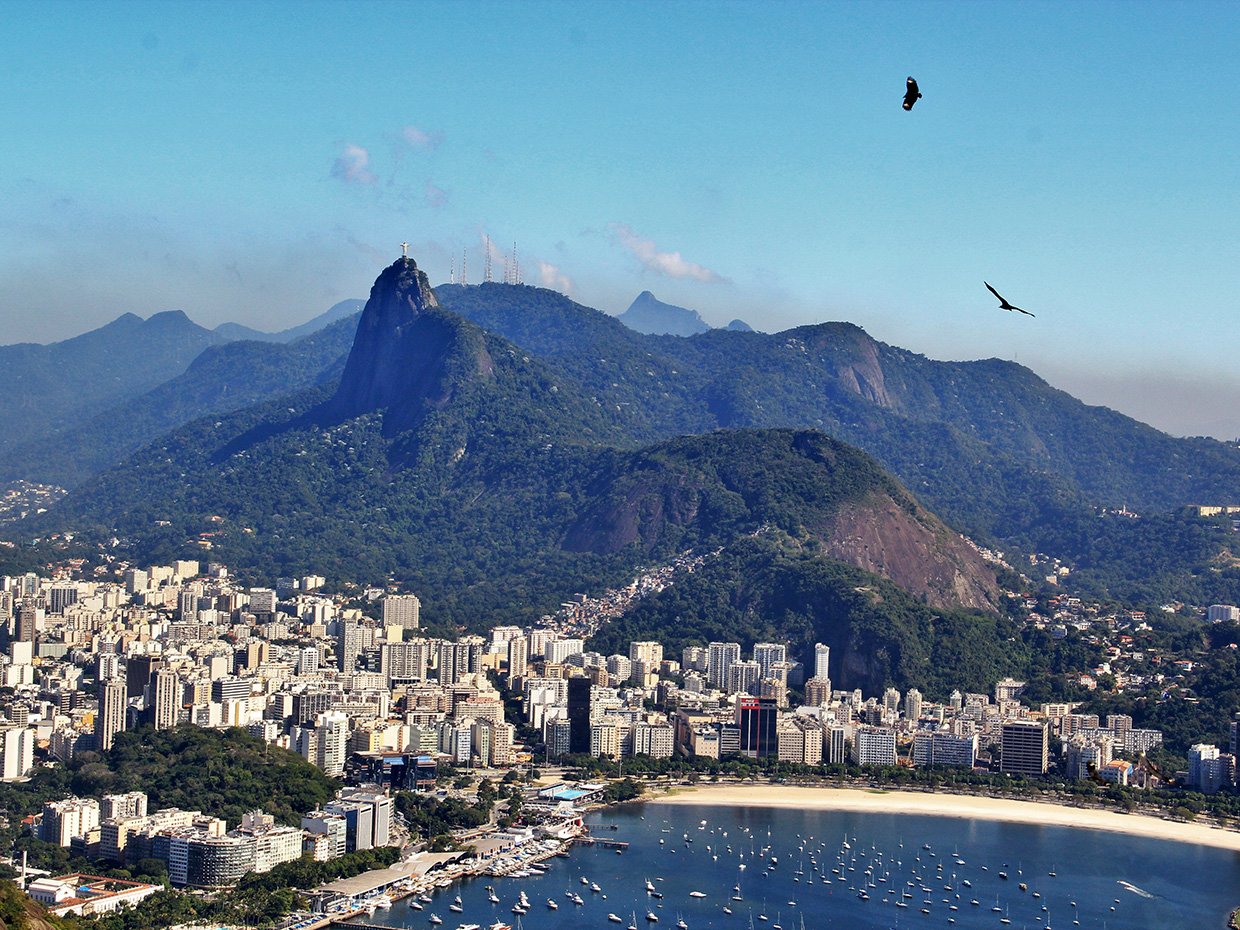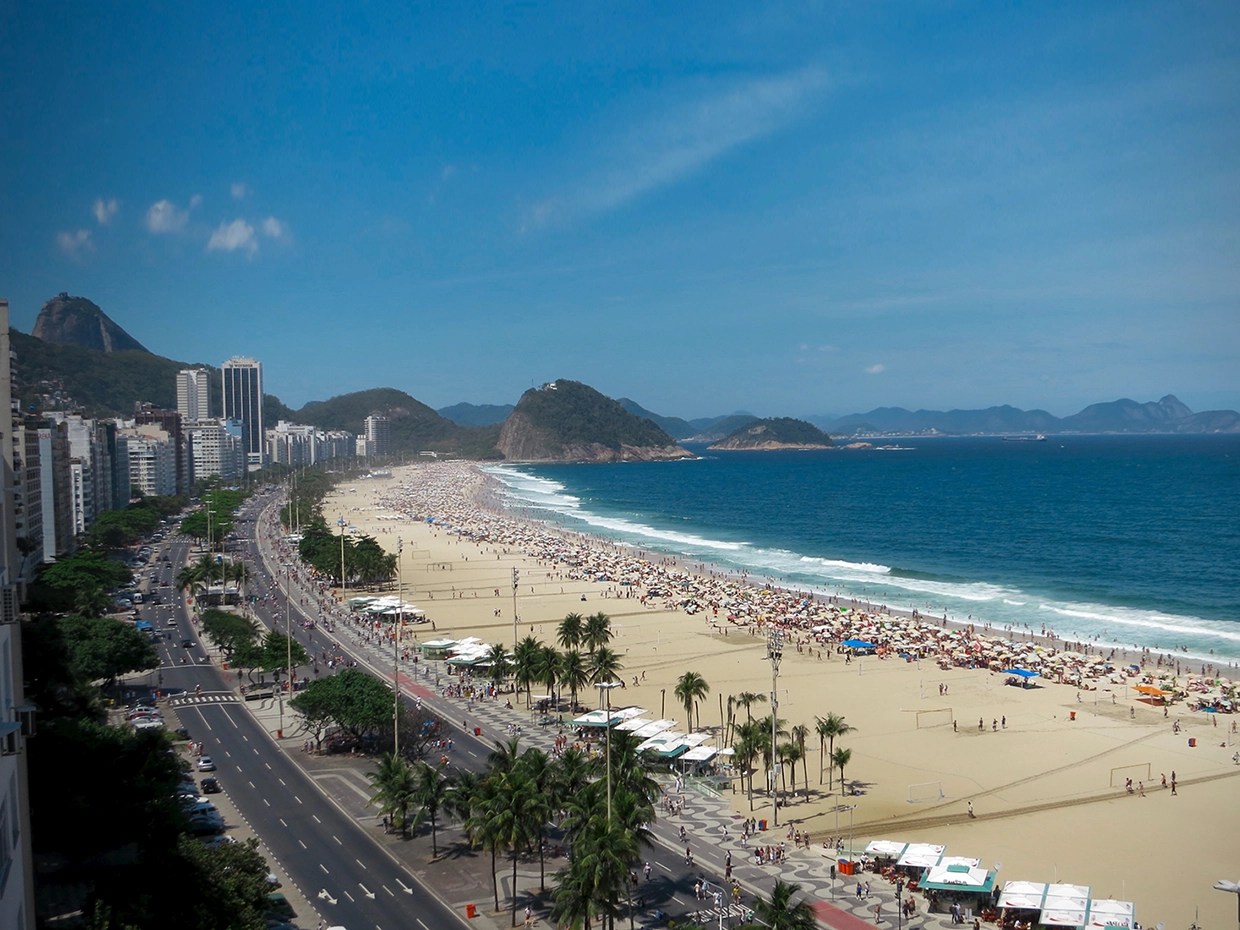Rio de Janeiro is a beautiful city developed between hills and sea, which is why it has been recognized as a World Heritage Site by UNESCO in 2012. Here we list some of the best sites that you cannot miss when visiting this amazing city.
Christ the redeemer
This statue representing Jesus Christ with open arms is undoubtedly the icon of the city. It has a height of 30 meters and is located at the top of Corcovado. It is made of reinforced concrete and covered with sabão stone, a stone similar to soap. Construction of Christ the Redeemer began in 1922 and was inaugurated in 1931.
The statue is an important religious and tourist symbol of Brazil, and has been recognized as one of the Seven Wonders of the Modern World. From its location at the top of Corcovado, Christ the Redeemer offers a stunning panoramic view of the city of Rio de Janeiro and its surroundings. The statue is accessible via a train to the top of the mountain, as well as by road and hiking trails.
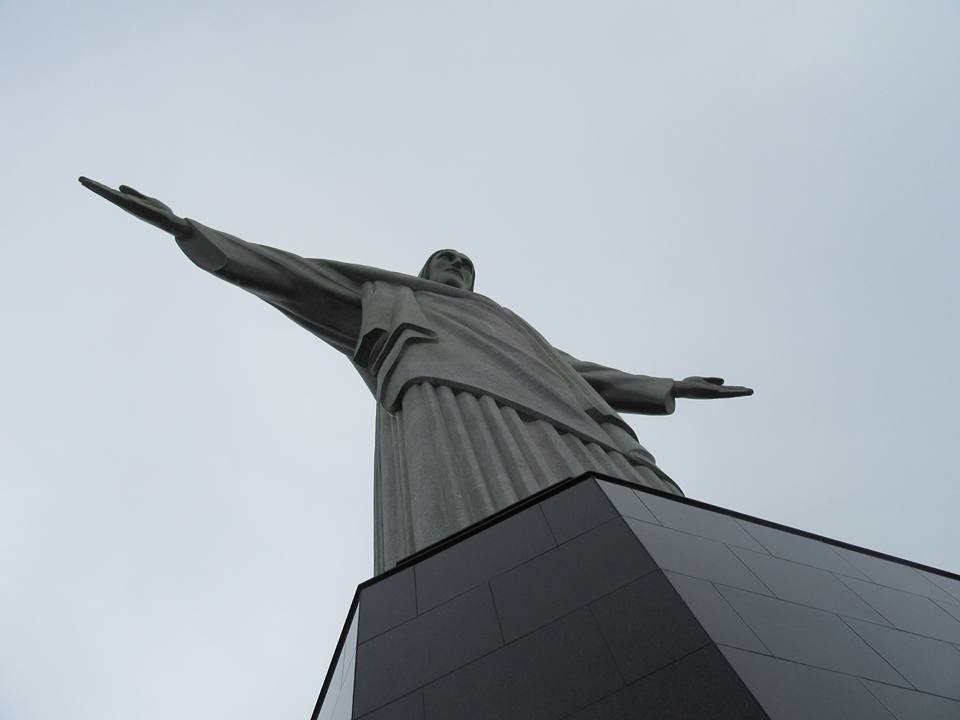
Pão de Açúcar [Sugar Loaf monolit]
It is a stunning rocky peak that rises from the coast and resembles a piece of bread with sugar sprinkled on it. The cable car takes visitors to a height of 396 meters above sea level, providing impressive panoramic views of the city of Rio de Janeiro, including the beaches, the bay and the nearby mountains.
At the top, there is an observation deck where visitors can enjoy the views and take photos. In addition to the panoramic view, Pão de Açúcar also offers hiking and climbing trails for adventurers looking for a more active experience. There are also souvenir shops and restaurants at the base of the hill for those who wish to relax and enjoy the view from below.

Copacabana
This is a neighborhood located in the southern part of the city of Rio de Janeiro, Brazil, and is one of the most popular tourist destinations in the city.
Copacabana Beach is one of the most famous in the world and is known for its white sand, clear waters and a stunning view of the Atlantic Ocean. The Copacabana neighborhood is vibrant and full of life, with a wide variety of shops, restaurants, bars and nightclubs. There are a large number of hotels and accommodation in the area, offering a wide range of options to suit all budgets.
Copacabana is also known for its festivals and cultural events, including the Rio de Janeiro Carnival, which is one of the largest festivals in the world and attracts millions of visitors each year. During the carnival, the streets of Copacabana are filled with music, dancing and a colorful parade of floats.
Botanical Garden
The Botanical Garden of Rio de Janeiro is a very special place and one of the most important of its kind in the world and is located in the Jardim Botânico neighborhood, in the south of the city. It was founded in 1808 by the Prince Regent of Portugal, Don João VI, and has an area of 54 hectares.
The garden has more than 6,000 species of plants, both Brazilian and foreign, including an impressive collection of orchids and palm trees.
There is also a medicinal plants section, a Japanese garden and a sensory garden. In addition to the botanical collections, the garden has several attractions, such as the greenhouse, the Museum of the Environment, an aquarium and a butterfly garden. There are various activities that can be done in the garden, such as guided walks, workshops and activities for children.
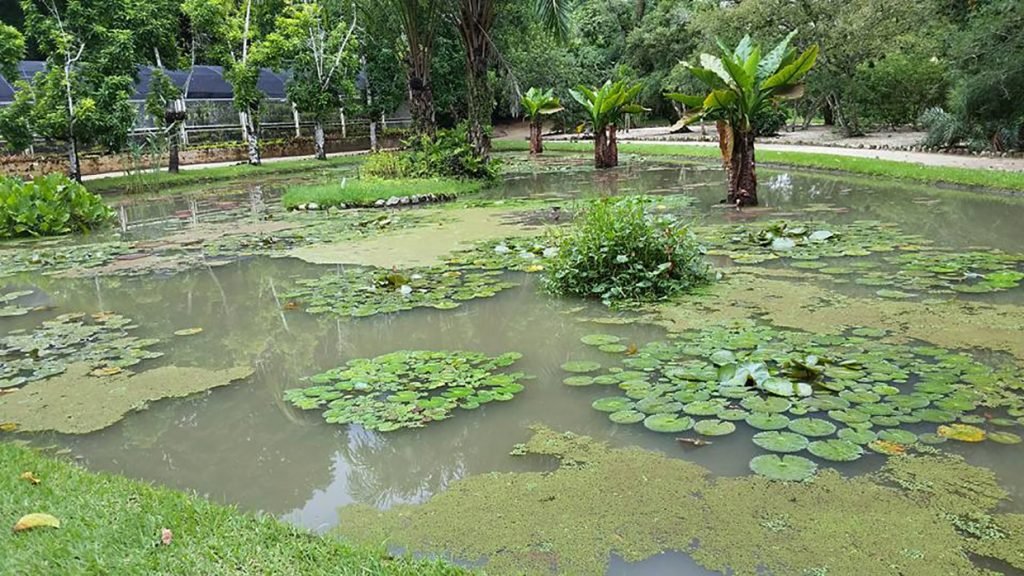
Lapa
This is a historic neighborhood located in the center of the city. It is known for its vibrant nightlife, bars and restaurants, colonial architecture and rich musical culture.
During the day, it is perceived as a quiet and peaceful neighborhood, with its cobblestone streets and old colonial-style buildings that house craft shops, cafes and restaurants.
There are also several places of historical interest, such as the Arcos da Lapa, a Roman-style aqueduct dating back to the 18th century. But it is at night when Lapa transforms into a lively and lively place, especially on weekends. The streets are filled with people looking to enjoy live music and dance in the bars and clubs in the area. The typical music of Lapa is samba, but you can also listen to other genres such as funk, forró and rock.
Our feeling when visiting it was that of an open-air discotheque. They recommend that tourists be careful about robberies but we must say that we do not perceive any danger.
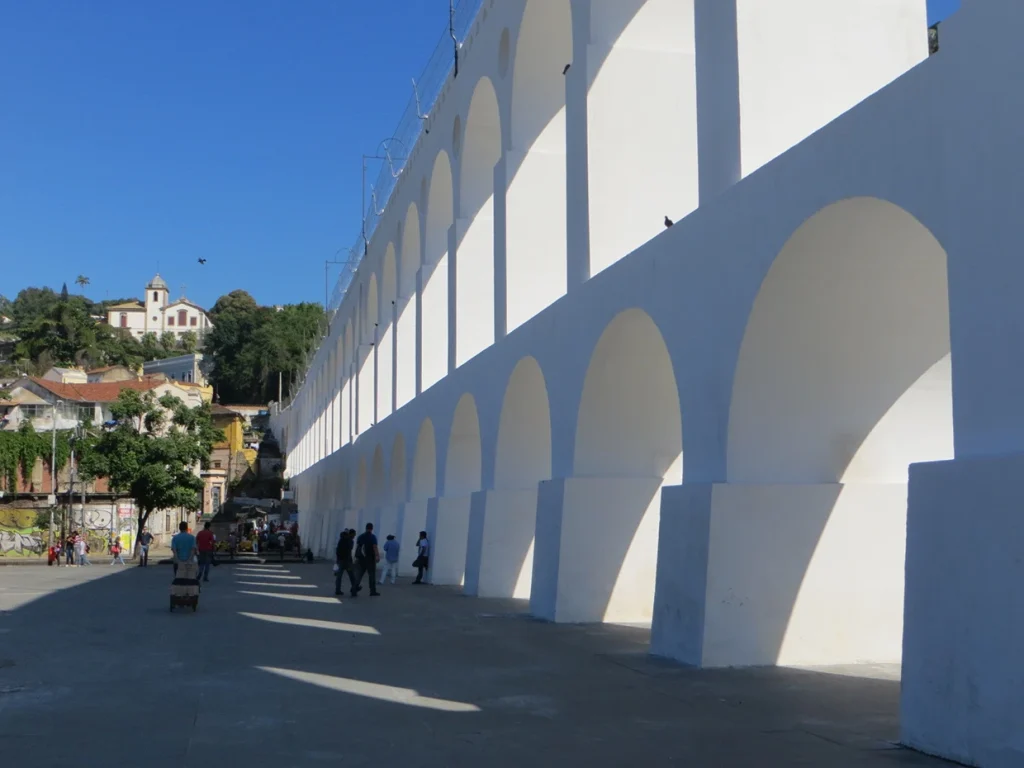
Selarón Staircase
This is a famous staircase located in the Santa Teresa neighborhood, in Rio de Janeiro, Brazil. It was created by Chilean artist Jorge Selarón in 1990 as a way to honor the Brazilian people and their culture. The staircase has more than 200 steps and is decorated with tiles of different colors and designs, which Selarón collected over the years from his travels around the world. The tiles are mixed in a variety of patterns and shapes, creating a unique and colorful work of art. In addition to the tiles, the staircase also features some decorative elements, such as lamps, mirrors and art objects, that Selarón added over the years.
Jorge Selarón passed away in 2013, but his legacy lives on in this impressive staircase that has become an icon of the city.
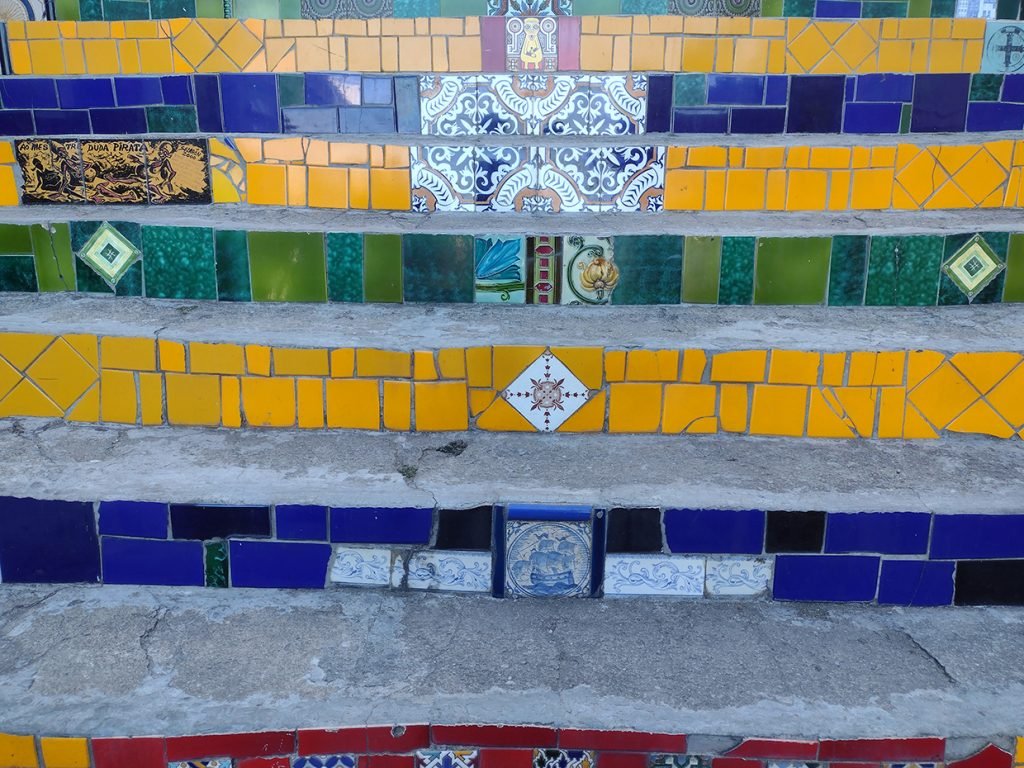
Maracana Stadium
It is one of the largest and most famous stadiums in the world, with a capacity of more than 78,000 spectators. It was opened in 1950 for that year’s Football World Cup and has since hosted many major events, including the 2014 World Cup final.
The stadium has an impressive structure, with a curved roof that covers all the stands and an athletics track around the playing field. The seats are yellow and blue, the colors of the local teams Flamengo and Fluminense, respectively. In addition to football, the stadium has been used for other sporting and cultural events, such as concerts and opening and closing ceremonies of the 2007 Pan American Games and the 2016 Olympic Games. In short, the Maracanã Stadium is an iconic venue and a gem. architecture that represents the Brazilian passion for football.
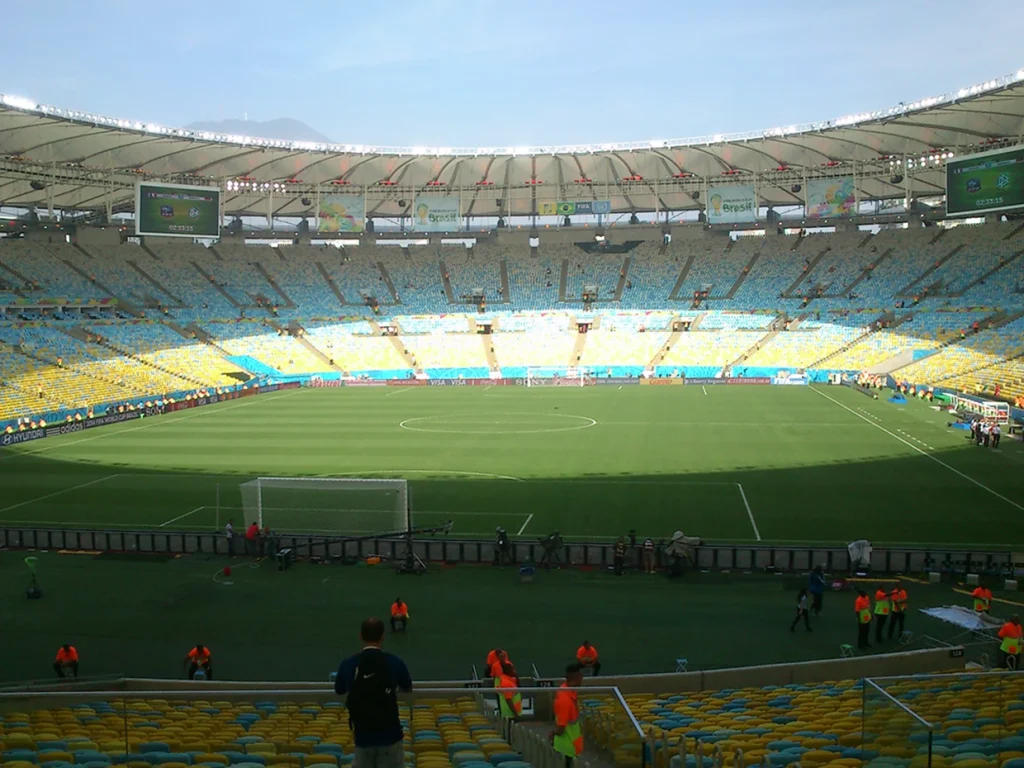
Amanhã Museum [Museum of tomorrow]
It was inaugurated in 2015 and is located in the port area of the city, in a modern and futuristic architectural structure designed by the Spanish architect Santiago Calatrava.
The main objective of the Museum of Tomorrow is to explore the possibilities and challenges of the future of humanity, and to promote reflection and dialogue on global and local issues related to the environment, technology, economy and society. Through interactive exhibits and multimedia experiences, the museum invites visitors to explore topics such as climate change, biodiversity, technological innovation, human evolution, among others. The focus is always towards a future perspective, considering the challenges and opportunities that humanity will face in the coming decades. The Museum of Tomorrow is considered one of the main tourist attractions in Rio de Janeiro and has received international recognition for its innovative approach and commitment to sustainability and education.
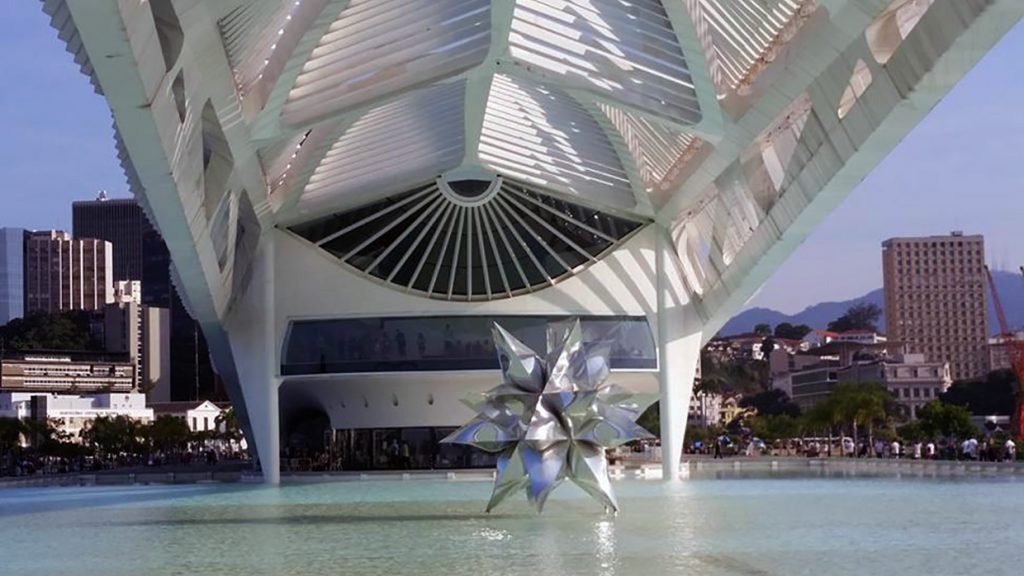

We hope this list helps you plan your visit to Rio de Janeiro and enjoy this beautiful city to the fullest.

Créditos de la imagen:
• Estadio Maracana del autor Vania Wolf está licenciada como CC BY 2.0, Flickr.com
Créditos de la imagen destacada:
• Río de Janeiro del autor Assy

